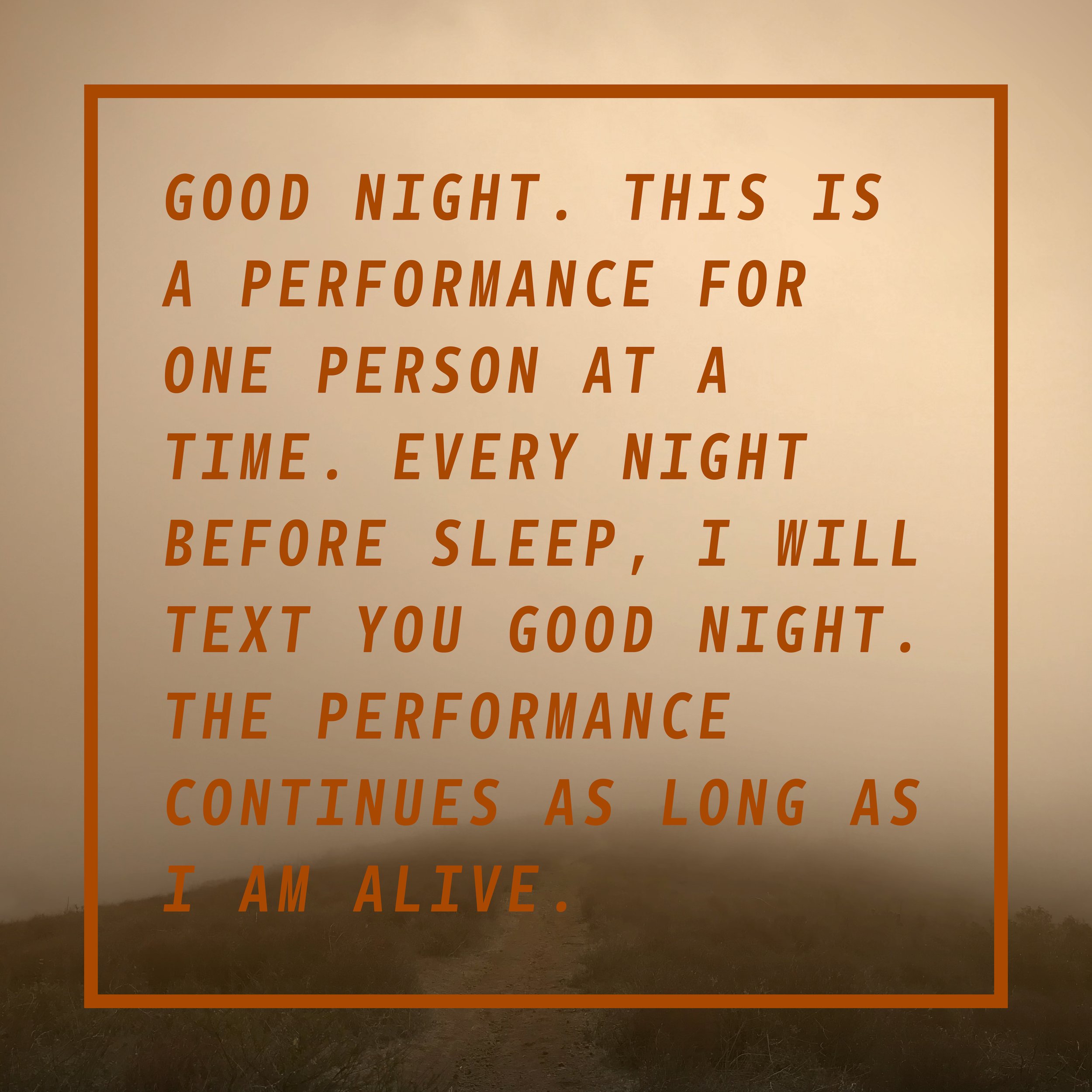LAUREN LEE MCCARTHY: VOICE IN MY HEAD
Part of a series of articles & interviews released digitally that were first published in the print edition of the Bright Moments Quarterly that was distributed at Bright Moments Paris in Paris, France in February, 2024.
This series of works is based on another project of yours called Voice In My Head. Could you describe it?
With the proliferation of generated content, AI now seeps constantly into our consciousness. What happens when it begins to intervene directly into your thoughts? Where the people you interact with, the things you do, are guided by an AI enhanced voice that speaks to you the way you’d like to be spoken to. Voice In My Head, created in collaboration with Kyle McDonald, explores the implications for AI (ChatGPT) to listen and intervene in your social experience in real-time, augmenting your personality. The piece begins with an onboarding session where you place a bud in your ear and the voice asks you to reflect on the inner voice you were born with. What if it could be more caring? Less obsessive? Less judgmental? More helpful? What if you could change your inner monologue? As you respond to the onboarding questions, it clones the sound of your voice and uses it to speak to you. Then you go out into the world, as the voice follows along and offers commentary and direction. The resulting performance calls into question how natural vs synthetic each person’s thoughts actually are. Do any of us have our own point of view?
What is your intent with the project?
The project is meant to be, on one hand, a critique of AI technology. The notion of having all your thoughts completely replaced by ChatGPT is quite dystopic. But then on the other hand, there's a side that's more optimistic — that's asking, what if we could actually use AI tools to make us more aware, more reflective? What if we could use them to improve our everyday lives, or the way that we experience the world through our minds. The goal is to give people a space to reflect on their own relationship to AI and think about where they might want. Is it too intimate and personal to have AI entering your consciousness, directing your thoughts, or are we already there?
What role does discomfort play in this project?
There's always an aspect of discomfort in my work. Hopefully, it’s a productive discomfort — I'm not interested in making people uncomfortable for no reason, but often the discomfort means we’re having a moment of awareness. We’re not on autopilot. We feel aware of ourselves as individuals in a situation that we are navigating. In this project, the discomfort comes from two sources. The larger implications of what this project points to, where we might be going in the future and whether we're okay with that. And the very human discomfort that comes from being in a new situation. The hope is that the two of those together can create a space for reflection.
How do the images you’re making for Bright Moments Paris connect with Voice In My Head?
I use the pieces of text generated by Voice In My Head as seeds to create a series of images interpreting each phrase. The resulting set of images is a visualization of the Voice In My Head AI. Central to my practice is a method of putting myself into the role of AI, embodying the machine myself to see what I can learn and create.



